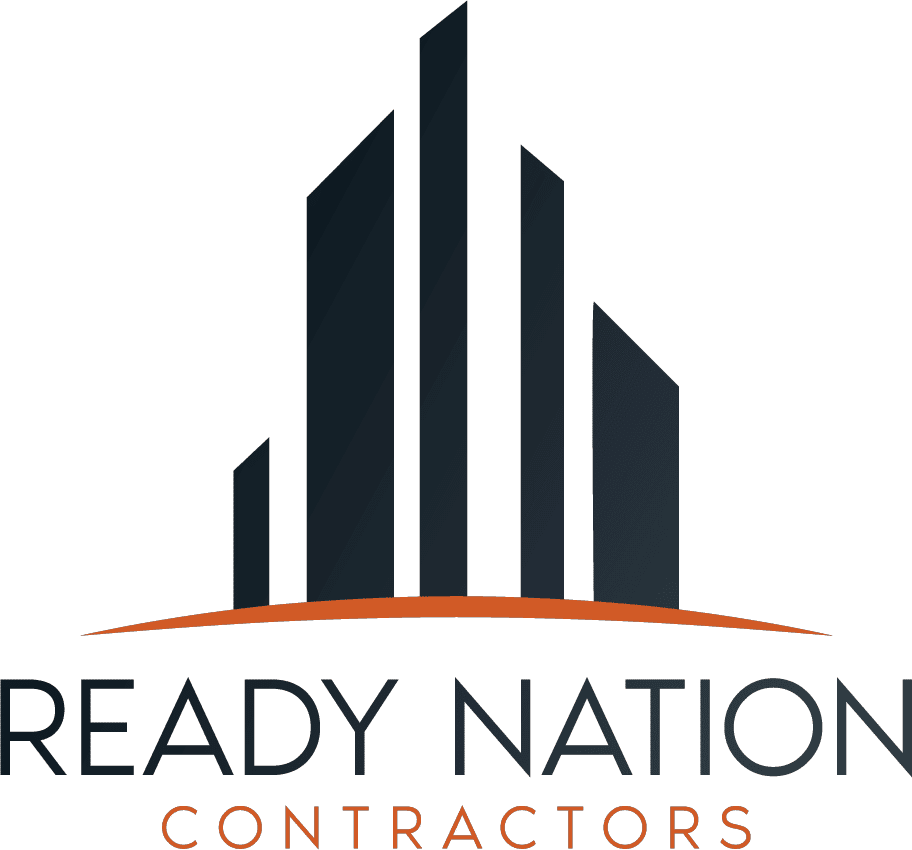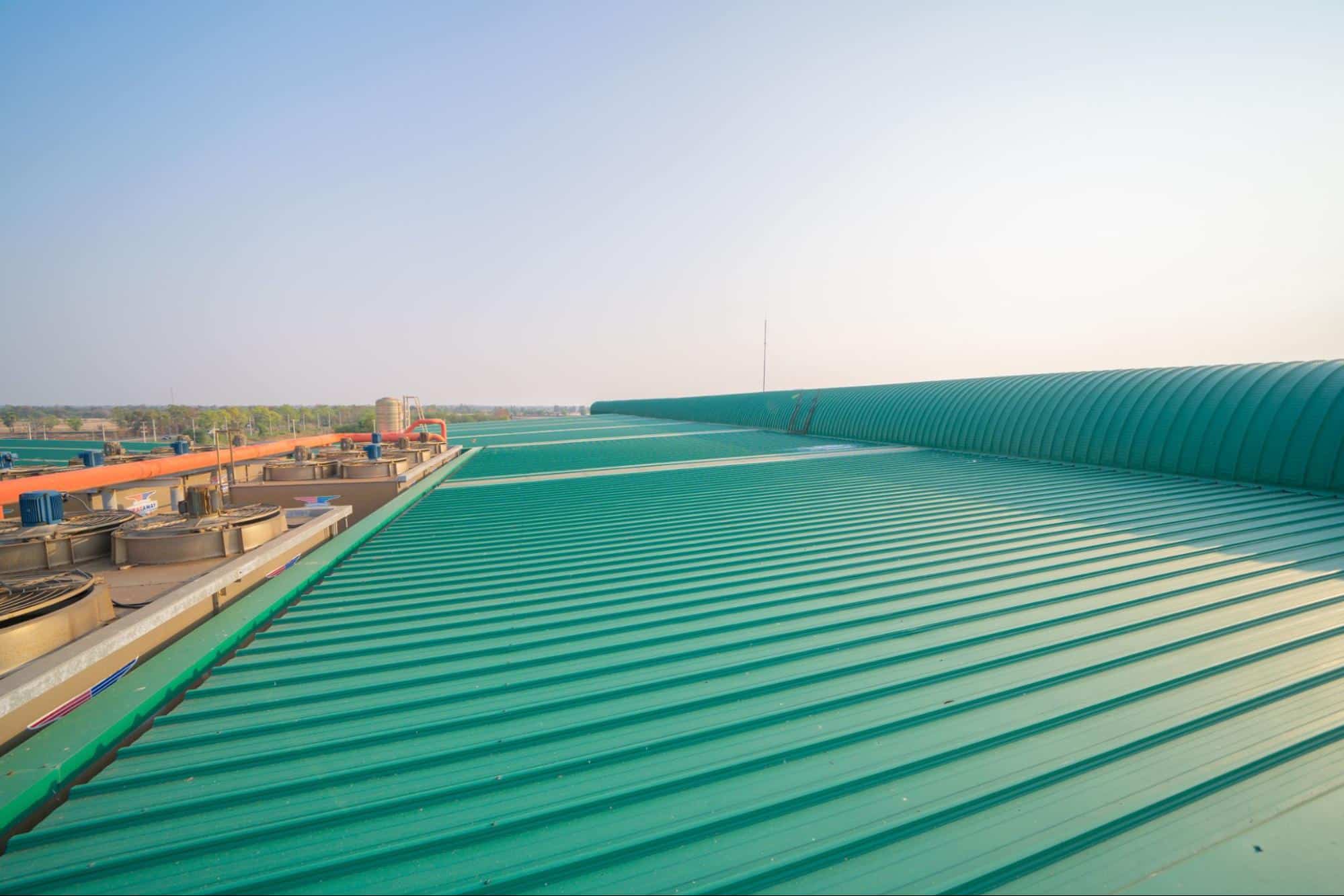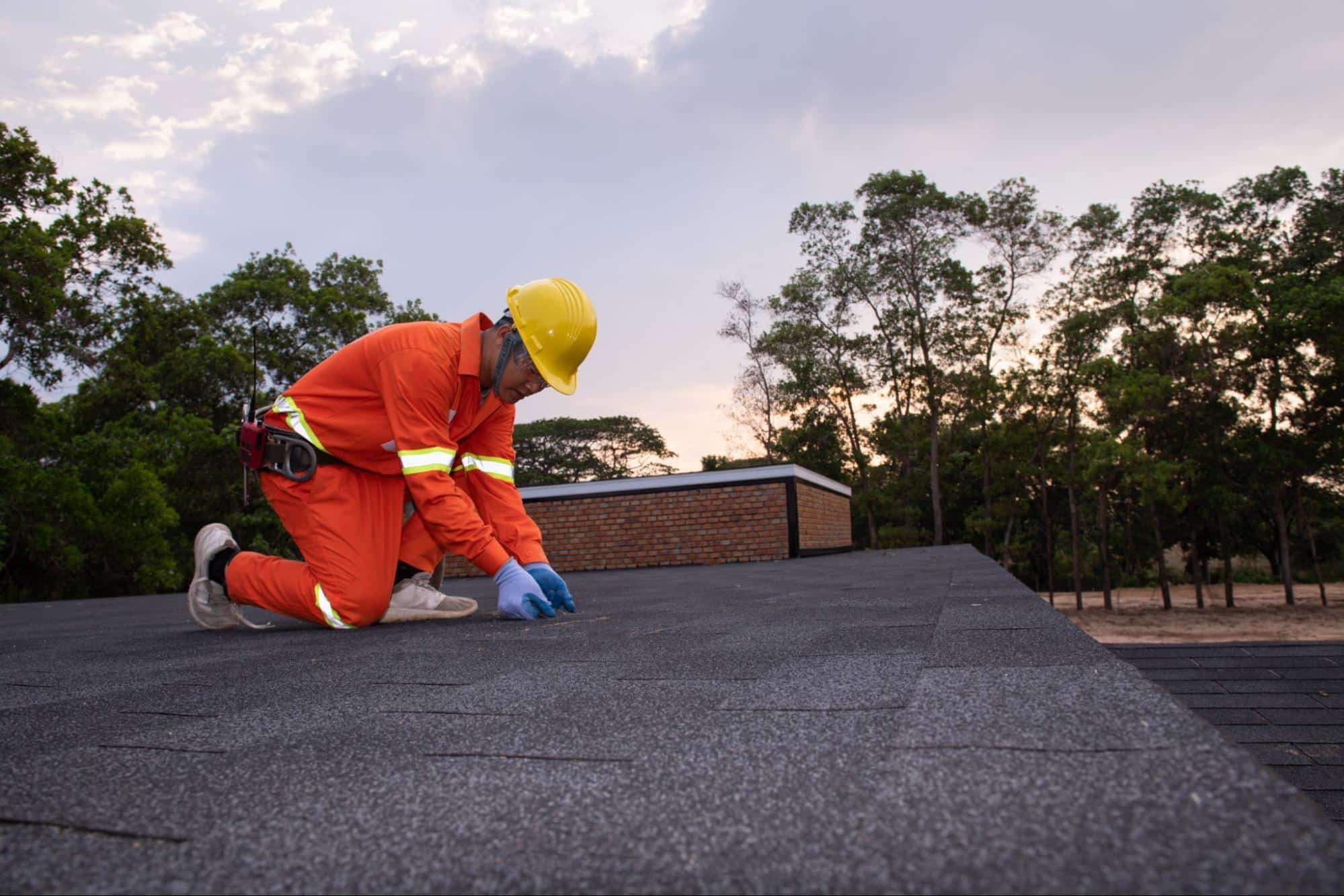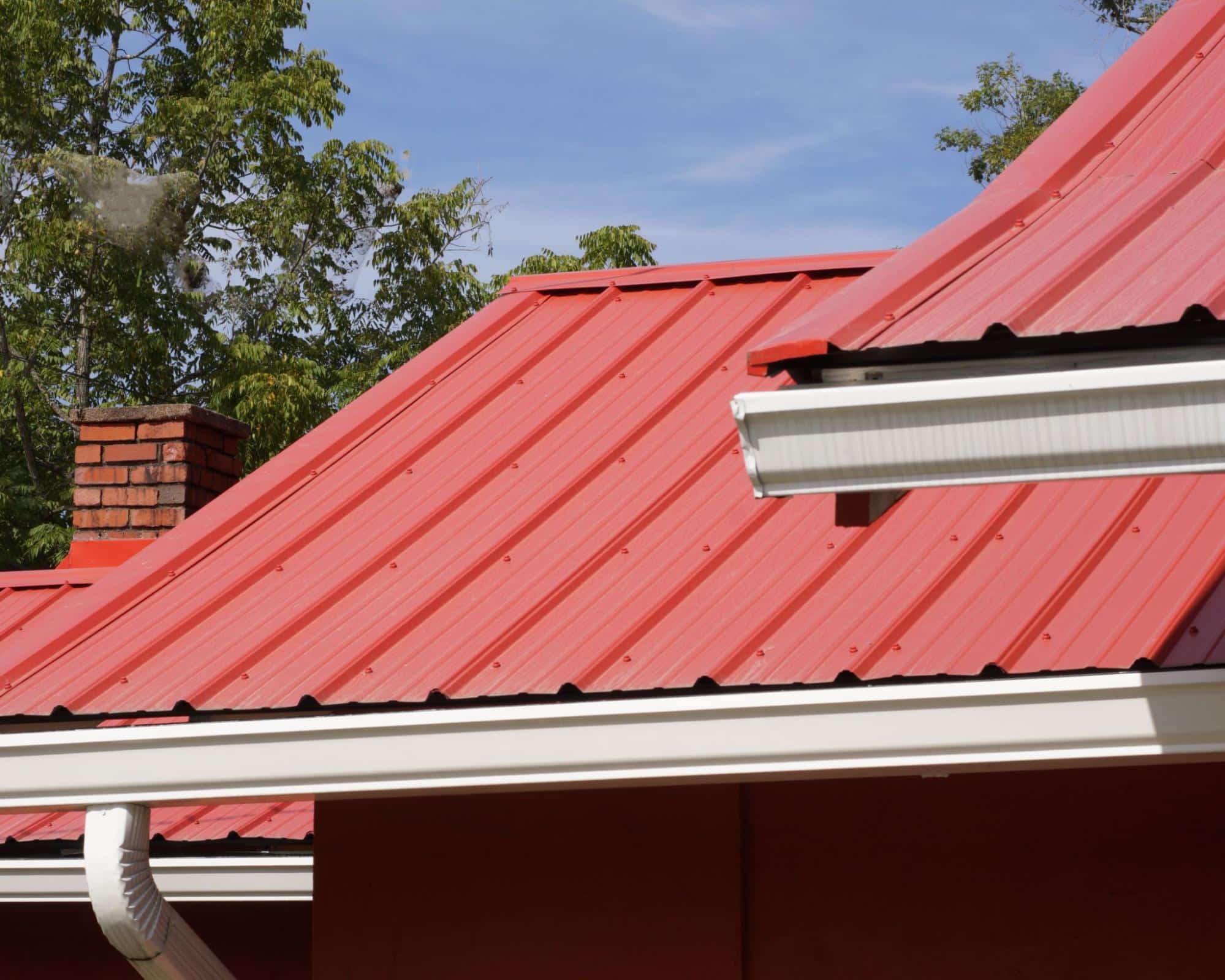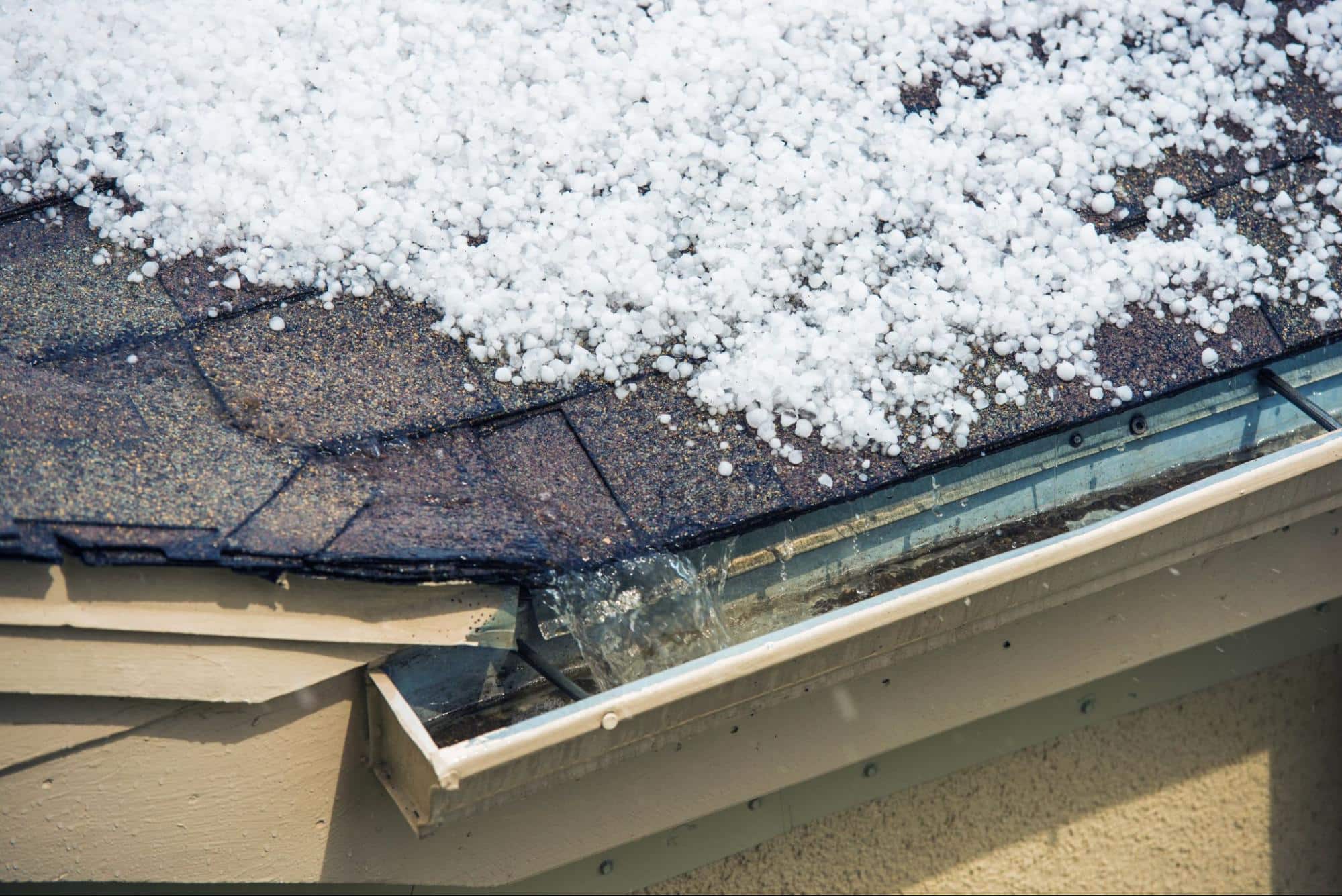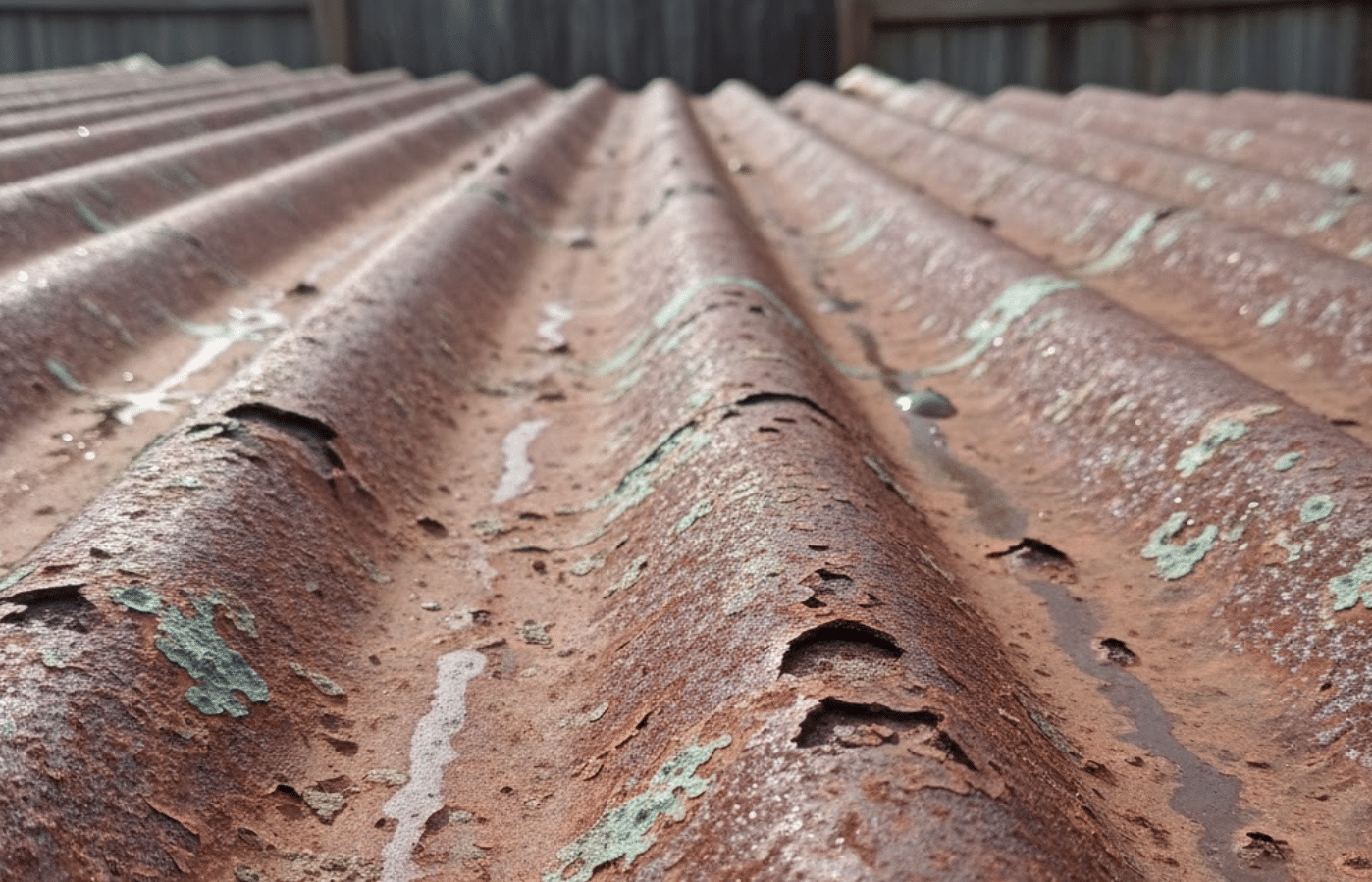Living or managing property along the Gulf Coast means constantly thinking about durability, especially when it comes to your roof. So how long do roofs last in real-world conditions? Between tropical systems, hail, heat, and high humidity, the answer depends on more than just what’s printed on a shingle wrapper. At Ready Nation Contractors (RNC US), we’ve inspected and replaced thousands of roofs across Florida, Texas, and Louisiana. Every day, we see how material choice, installation quality, and maintenance can either extend a roof’s life or shorten it.
In this guide, we break down average lifespans by material, explain the climate pressures unique to the Gulf South, and highlight the upkeep that makes the biggest difference. You’ll also learn when repairs make sense versus when replacement is the smarter investment, along with what to consider regarding warranties, codes, and insurance. And if you’re currently weighing options, our team at Ready Nation Contractors is here to help with expert assessments, prompt repairs, and complete replacements. Explore our Roof Repair page, browse our Locations, or Contact us anytime for guidance and support.
What Determines A Roof’s Lifespan?
Materials And Installation Quality
Material is the starting point. A well-made metal or tile roof can easily outlast basic asphalt shingles, sometimes by decades. But quality installation is just as important. Even premium materials underperform if fasteners are misapplied, flashing is short-cut, or underlayment isn’t specified for wind-driven rain. We routinely extend roof life by getting those details right on day one and by correcting them during repairs.
Typical lifespan ranges (in ideal conditions):
- Asphalt shingles: about 15–30 years (3-tab on the lower end: architectural on the higher end)
- Metal (steel/aluminum, standing seam): about 40–80 years
- Concrete/clay tile: about 50–100 years
- Natural slate: 100+ years
- Flat/low-slope systems (TPO, PVC, modified bitumen): about 20–30 years
- Wood shakes/shingles: about 20–50 years depending on care and exposure
Climate, UV, And Wind Exposure In The Gulf South
Down here, climate is the wild card. High UV accelerates shingle aging, heat bakes membranes, and constant humidity stresses every component. Wind gusts test fastener systems and edge metal: wind-driven rain exploits any flashing gap. Salt air along the coast can accelerate corrosion, particularly on fasteners and unprotected metals. That’s why we design and repair with local loads, uplift ratings, and coastal conditions in mind. See our Storm Damage insights for how we harden roofs against severe weather.
Ventilation, Drainage, And Upkeep
A roof that breathes and drains lasts longer. Balanced attic ventilation prevents heat buildup and moisture condensation that can curl shingles, rust fasteners, and grow mold. Clean gutters, clear scuppers, intact sealant lines, and sound flashing keep water moving off the building. Routine inspections, especially after big storms, catch problems while they’re still small. When we perform maintenance checks, we’re looking at all the weak links first: penetrations, transitions, edges, and fasteners.
Average Roof Lifespans by Material
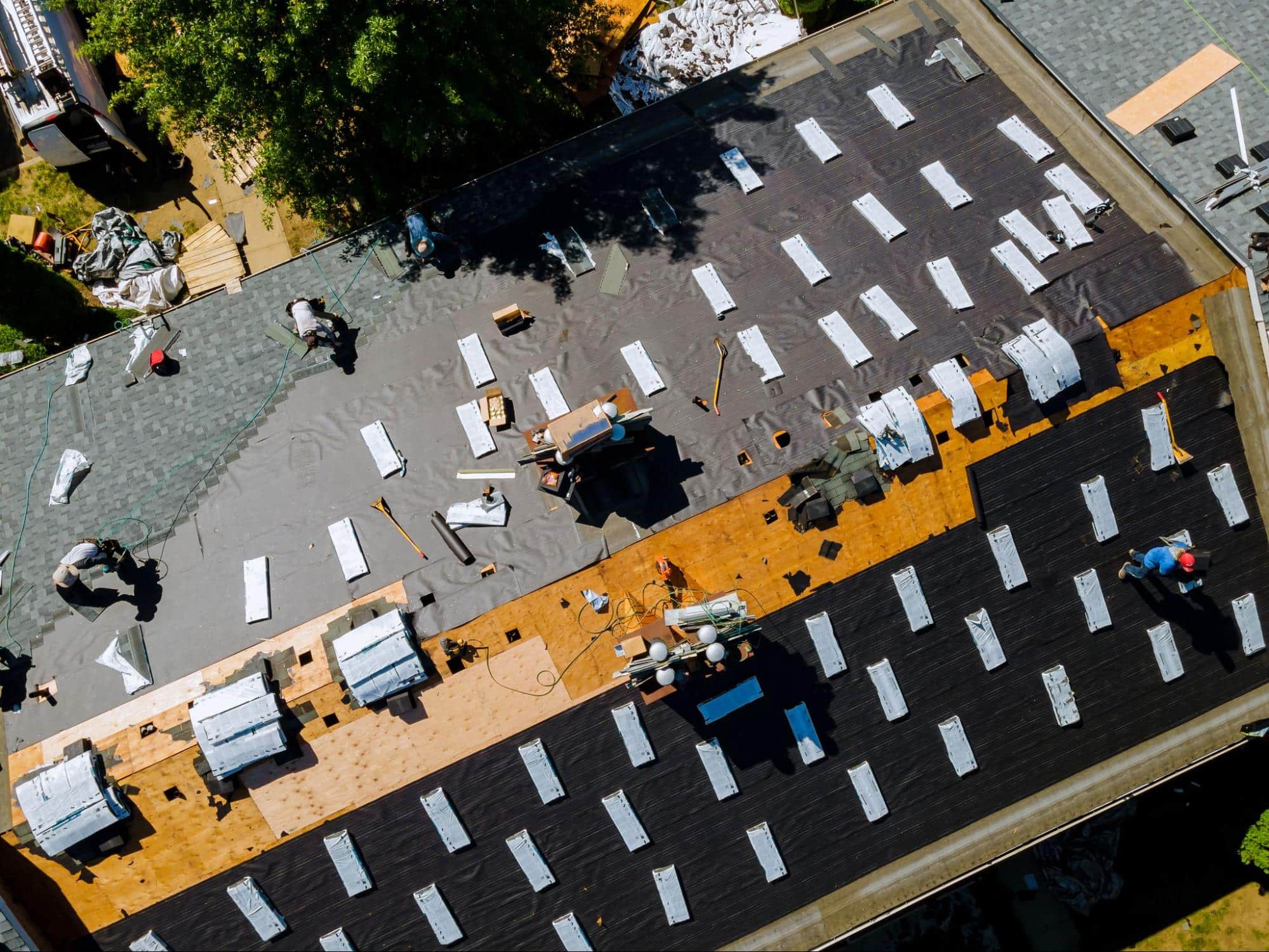
Asphalt Shingles
Asphalt shingles remain the most common choice for residential roofs, lasting about 15–25 years depending on type and care. In coastal climates, strong sun and wind can shorten that span, especially without good ventilation. Regular inspections and timely maintenance can help extend performance. Visit our Roof Repair page for guidance on whether repair or replacement makes more sense for your roof.
Metal Roofing
Metal systems like steel and aluminum often last 40 years or more with proper installation and coatings. Standing seam panels resist high winds and reduce leak risks. In salt-heavy air, aluminum or coated steel offers long-term protection and low maintenance, making metal an excellent option for Gulf Coast properties.
Tile and Slate Roofing
Tile and slate roofs are built for longevity, often reaching 50 years or more. Their lifespan depends on strong underlayment and flashing, which protect the layers beneath. These materials are durable and ideal for homeowners seeking beauty and resilience with minimal upkeep.
Flat and Low-Slope Roofs
Commercial buildings often use low-slope systems such as TPO, PVC, or modified bitumen, which can last 20–30 years with consistent care. Drainage and seam integrity are key to performance. Our Commercial Restoration and General Contracting teams can help keep portfolios consistent and compliant across locations.
Wood Shakes and Shingles
Wood roofing offers timeless charm but demands more maintenance in humid regions. Expect 20–30 years with regular cleaning and ventilation. For similar aesthetics without the high upkeep, synthetic materials can provide a practical alternative.
How Hurricanes, Hail, And Humidity Affect Your Roof
Wind Uplift And Fastener Systems
Uplift starts at the edges and works in. That’s why we pay close attention to starter courses, drip edge, and mechanical fastening patterns. Architectural shingles rated for higher winds, ring-shank nails, and enhanced fastening schedules on metal panels all reduce loss. On tile, properly rated fasteners/clips and foam adhesives in critical zones help keep systems in place.
Wind-Driven Rain, Leaks, And Underlayments
Most leaks we find after severe storms start at transitions, valleys, sidewalls, chimneys, and penetrations. Secondary water barriers and high-performance underlayments provide crucial backup when wind pushes rain under the primary surface. If you’ve had repeat leaks, an underlayment upgrade during repair can add years to your roof’s service life.
Hail And Impact Ratings
Impact-rated shingles (Class 3 or 4) and thicker metal panels can resist bruising and dents. For flat roofs, we assess membrane thickness and coverboard selection. Not every mark is a failure, but hail can shorten life by cracking surfaces and opening pathways for water. If you suspect damage, schedule an inspection: we document conditions thoroughly to support insurance discussions.
Heat, Humidity, And Mold In Attics
Attic temperatures in summer can soar above 120°F, cooking shingles from below and accelerating adhesive failure. Combine that with moisture from daily living and you’ve got perfect conditions for mold. Balanced intake and exhaust ventilation, adequate insulation, and sealed ductwork are essential. Our HVAC team can evaluate attic airflow and help correct issues that quietly reduce roof lifespan.
Maintenance To Extend Roof Life
Seasonal And Post-Storm Inspections
We recommend two routine inspections per year plus a check after major weather. Catching popped nails, missing sealant, or loose flashing early can prevent structural damage. If you need a professional eye, book a visit through our Roof Repair page: we’ll provide a clear punch list and photos.
Gutter, Flashing, And Sealant Care
Clogged gutters back water under shingles and over fascia. Dried or cracked sealant at roof penetrations invites leaks. We clean, reseal, and reattach as needed, and we always review flashing at skylights, walls, and chimneys, these are frequent leak sources.
Ventilation And Insulation Checks
A simple rule: if your attic feels like a sauna, your roof is aging faster than it should. We verify soffit intake is clear, ridge vents are unobstructed, and attic insulation is correctly installed. When appropriate, we’ll coordinate with our HVAC team to improve air movement and humidity control.
Trees, Debris, And Roof Cleaning
Overhanging branches scuff surfaces and drop debris that traps moisture. Trim limbs back and keep surfaces clean. For flat roofs, keep drains and scuppers open. Avoid harsh power-washing on shingles: gentle, manufacturer-approved cleaning preserves protective granules.
Repair Or Replace? Timing And Cost Considerations
Signs Your Roof Is Near End Of Life
Look for curling or missing shingles, frequent leaks, widespread granule loss, sagging, or daylight at penetrations. On low-slope roofs, watch for membrane cracking, seam splits, and recurring ponding. Interior signs include ceiling stains and damp insulation. If this sounds familiar, it’s time for a thorough evaluation.
When Repairs Make Sense
Isolated damage after a storm, a single failed penetration, or a small area of wind lift often calls for repair, not replacement. We’ll match materials closely and upgrade the weak link, flashing, underlayment, or fasteners, so the fix lasts. Explore our Storm Damage service for emergency dry-ins and targeted repairs.
Replacement Triggers And Budgeting
Replacement becomes practical when repairs are frequent, system age is past the mid-20s for shingles, or large sections fail at once. For capital planning, we provide itemized estimates and good-better-best options by material. If you manage commercial assets, our Industries Served and Commercial Restoration teams can build a multi-year roof strategy that aligns with your budget and operations.
Warranties, Code Upgrades, And Insurance Claims
Manufacturer warranties vary by material and require proper installation and maintenance. Local codes may mandate uplift upgrades, secondary water barriers, or nailing schedules that weren’t required when your roof was first installed. When weather events are involved, we document conditions, assist with scope, and coordinate with carriers. Our General Contracting team ensures code compliance while minimizing downtime.
Roof Lifespan By Property Type
Single-Family Homes
Most homes in our service areas use architectural shingles, with typical life in the 20–30-year range when ventilated and maintained. Upgrading underlayments, using high-wind shingles, and improving attic airflow can push you toward the upper end of that range. If you’re considering a change, our team can compare asphalt, metal, and tile for your specific neighborhood requirements.
Coastal And Waterfront Properties
Salt air, strong sun, and higher wind loads are the big factors. We often specify aluminum or coated steel for metal systems, and we use corrosion-resistant fasteners and accessories. Concrete or clay tile performs well with the right underlayment and fastening plan. Maintenance cadence should be tighter on the coast, think quarterly visual checks and quick touch-ups after major weather.
Commercial Buildings And Flat Roofs
For retail, office, and industrial properties, lifespan depends on membrane selection, insulation, and drainage. A well-detailed TPO/PVC or modified bitumen system can serve 20–30 years with proactive maintenance. Roof traffic is a hidden life-shortener, so we add walk pads and service pathways. If you oversee multiple sites, ask about our Locations coverage and how we standardize inspections and reporting across your portfolio.
Conclusion

So, how long do roofs last? In our climate, the honest answer is: it depends on the material, the way it was installed, and how it’s cared for. Asphalt may serve you well for a couple of decades: metal, tile, and slate can last much longer. Flat systems do their best work when drainage and seams are maintained. And across all roof types, ventilation and routine inspections are the quiet heroes of longevity.
If you’re ready to put a real plan behind your roof’s life, we can help. Explore our Roof Repair, Mold Remediation, Water Damage, HVAC, General Contracting, and Commercial Restoration services to see how we protect buildings end-to-end. Learn more About us, see our service Areas, and review our latest insights on the Blog. For urgent needs, our Emergency Response team is available 24/7. Call 877-762-2858 or reach out through our Contact page. Ready Nation Contractors is here to keep your property covered for the long run.
FAQs About Roof Lifespan and Maintenance
How long do roofs typically last in the Gulf Coast region?
In Gulf Coast conditions, most asphalt shingle roofs last around 15–25 years, while metal systems often exceed 40 years with proper coatings. Tile and slate can reach 50 years or more. High humidity, heat, and storms can shorten these ranges, so consistent maintenance is key.
What are the first signs that a roof is failing?
Common early warnings include curling or missing shingles, granule loss, recurring leaks, and sagging decking. For flat roofs, watch for ponding water, open seams, or membrane cracks. If you see interior stains or daylight in the attic, schedule an inspection right away through our Contact page.
Can maintenance really extend a roof’s lifespan?
Absolutely. Annual inspections, clean gutters, proper attic ventilation, and quick storm repairs can add years to a roof’s service life. Preventative care helps identify weak points early and protects your investment from larger, costlier issues.
